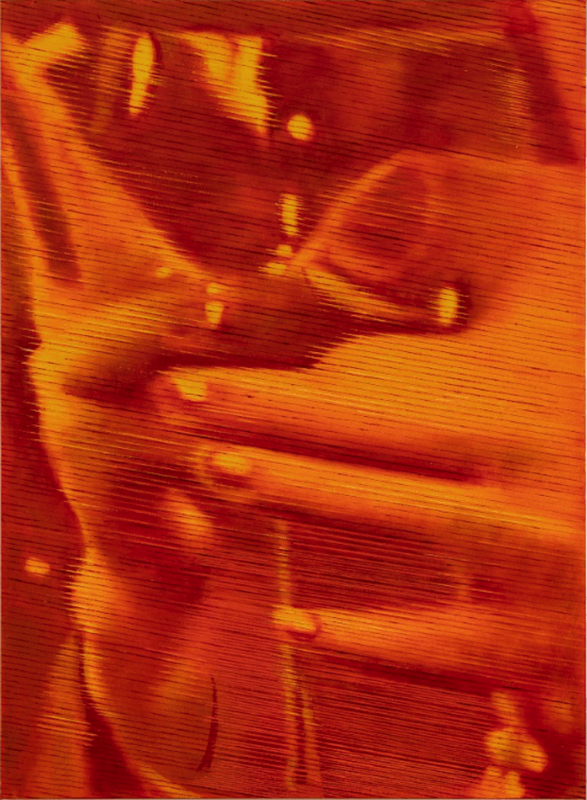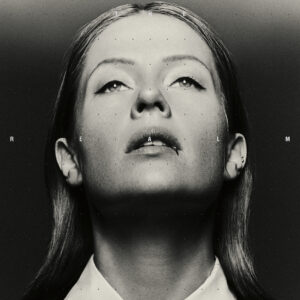
Art is a term that encompasses a wide range of creative expression, from visual arts like painting and sculpture to performing arts like dance and theater. However, the definition of art is not always clear-cut and has been a topic of debate among artists, scholars, and critics for centuries. In this article by https://cheapessaysonline.com/, we will explore the historical perspectives, theories, elements, purpose and function, and controversies surrounding the definition of art.
Art is a form of expression that has been part of human culture for thousands of years. While the definition of art may vary from person to person, it is essential to understand its nature and significance. The purpose of this essay is to explore different aspects of art and provide a comprehensive understanding of its definition.
Historical Perspectives on Art
Art has been an integral part of human culture since ancient times. In ancient civilizations like Egypt, Greece, and Rome, art was often used to depict religious and political figures, as well as everyday life. During the Renaissance period, art underwent a significant transformation and became more individualistic, with artists like Leonardo da Vinci and Michelangelo creating some of the most famous works of art in history. In the modern era, the development of technology has enabled artists to explore new mediums like digital art and installations.
Theories of Art
There are various theories of art that attempt to define its nature and purpose. Formalism, emotionalism, imitationalism, institutionalism, conceptualism, and expressivism are some of the most prominent ones. Formalism emphasizes the visual elements of art, such as form, line, and color, while emotionalism focuses on the emotional response that art evokes in the viewer. Imitationalism believes that art should imitate reality, while institutionalism focuses on the social and cultural context of art. Conceptualism emphasizes the idea behind the artwork rather than the physical form, and expressivism emphasizes the artist’s expression of emotions through art.
Elements of Art
The elements of art are the building blocks that artists use to create their works. Line, shape, texture, value, color, space, and form are the most common elements of art. Line refers to the mark that is made on a surface, while shape refers to the form of the object or subject. Texture is the way a surface feels or appears, while value is the use of light and dark to create depth and contrast. Color is one of the most essential elements of art, and artists use it to create mood and emotion. Space refers to the area around and within objects, while form refers to the three-dimensional aspect of objects.
Purpose and Function of Art
Art serves various purposes and functions, depending on the artist’s intention and the viewer’s interpretation. Aesthetic experience is one of the primary purposes of art, where the viewer experiences a sense of beauty or pleasure. Communication of ideas and emotions is another essential function of art, where the artist uses their work to convey a message or emotion to the viewer. Art also has social commentary, political and religious functions, and is used as a means of therapy.
Controversies in the Art World
The definition of art is often the subject of controversy in the art world. Appropriation, censorship, artistic license and freedom of expression, and commercialization and commodification of art are some of the most debated topics. Appropriation refers to the use of pre-existing art in new works, which can be seen as either homage or plagiarism. Censorship is another controversial issue, where art is censored due to its subject matter, offensive content, or political nature. Artistic license and freedom of expression are often debated, as artists are sometimes criticized for pushing boundaries and being too provocative. The commercialization and commodification of art have also been subject to controversy, as some argue that it dilutes the artistic integrity of the work and turns it into a commodity.
Conclusion
In conclusion, the definition of art is complex and multifaceted, with no single definition that encompasses all of its forms and functions. Throughout history, art has served various purposes, from depicting everyday life to exploring the human condition. Theories of art attempt to provide a framework for understanding its nature and purpose, while the elements of art are the building blocks that artists use to create their work. However, controversies in the art world, such as appropriation, censorship, and commercialization, continue to challenge the definition and role of art in society.
It is essential to continue the conversation about the definition of art and its significance in contemporary culture. Understanding the nature of creative expression can help us appreciate the power of art and its ability to transcend boundaries and connect people across cultures and generations. As artists continue to push boundaries and explore new forms of expression, the definition of art will undoubtedly continue to evolve, but its significance as a form of human expression will remain steadfast.







